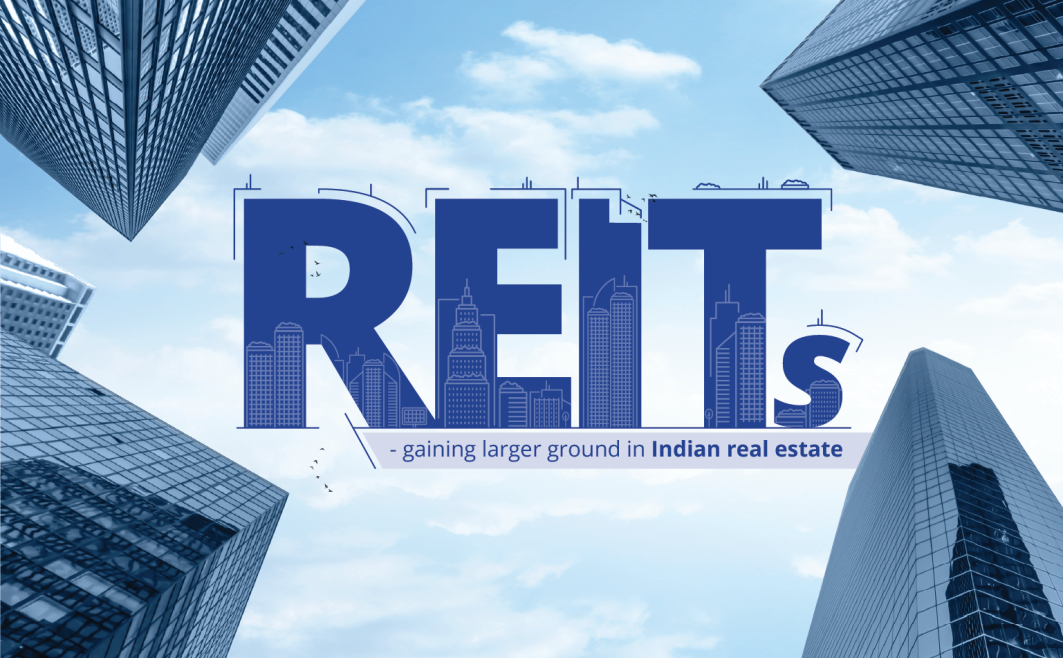In the dynamic and ever-evolving startup ecosystem, investors come in many shapes and sizes. From high-net-worth individuals seeking to diversify their portfolios beyond traditional securities and banking products to former entrepreneurs reinvesting after a successful exit, investors play a pivotal role in bringing new ideas to life. These individuals can be former CEOs, Google product engineers, or even retired day-traders enjoying life on a yacht in the Cayman Islands. Regardless of their background, they provide the vital capital necessary to take an idea from a mere concept on a whiteboard to a product on mainstream shelves.
While the relationship between investors and entrepreneurs can sometimes feel tense—likened to an adversarial chess match with entrepreneurs fighting to retain control of their equity—it’s important to note that not all investors fit the image of the “robber baron” looking to take over a company. In fact, investors are often invaluable allies, essential for startups to grow, survive, and thrive.
The Importance of Investors in the Startup Ecosystem
Investors are integral to startups, providing the financial resources that enable companies to innovate and scale when other funding sources are unavailable. They are often seen as a necessary partner in the entrepreneurial journey, whether they are fueling the early stages of development or driving expansion. These relationships can sometimes be misunderstood, but they are critical to the long-term success of many startups.
A Balanced Perspective on Investors
The common perception of investors in the startup community is often painted as a struggle: hard-working entrepreneurs, drenched in blood, sweat, and tears, defending their equity from aggressive investors. While there are certainly instances where investors take a majority stake in a company, such situations are not the norm. More often than not, investors are invested not only financially but also in the success of the startup.
Why We Created This Guide
Raising funds in the startup world can be a daunting and complex process. With so much conflicting information about the types of investors, where to find them, how to approach them, and what they are looking for, it can be hard to know where to begin. This guide aims to demystify the process, providing a clear and reliable roadmap for entrepreneurs seeking to raise capital.
Who Should Read This Guide?
This guide is designed for startup founders and teams who are ready to embark on the journey of raising funds from investors. Whether you are launching a new business or scaling an existing one, we hope this guide will serve as a trusted advisor, helping you navigate the sometimes murky waters of investor relations.
In conclusion, investors are not just a source of capital—they are partners in your entrepreneurial journey. By understanding the nuances of working with investors and approaching the process with clarity and strategy, you can secure the funding you need to turn your vision into reality.










